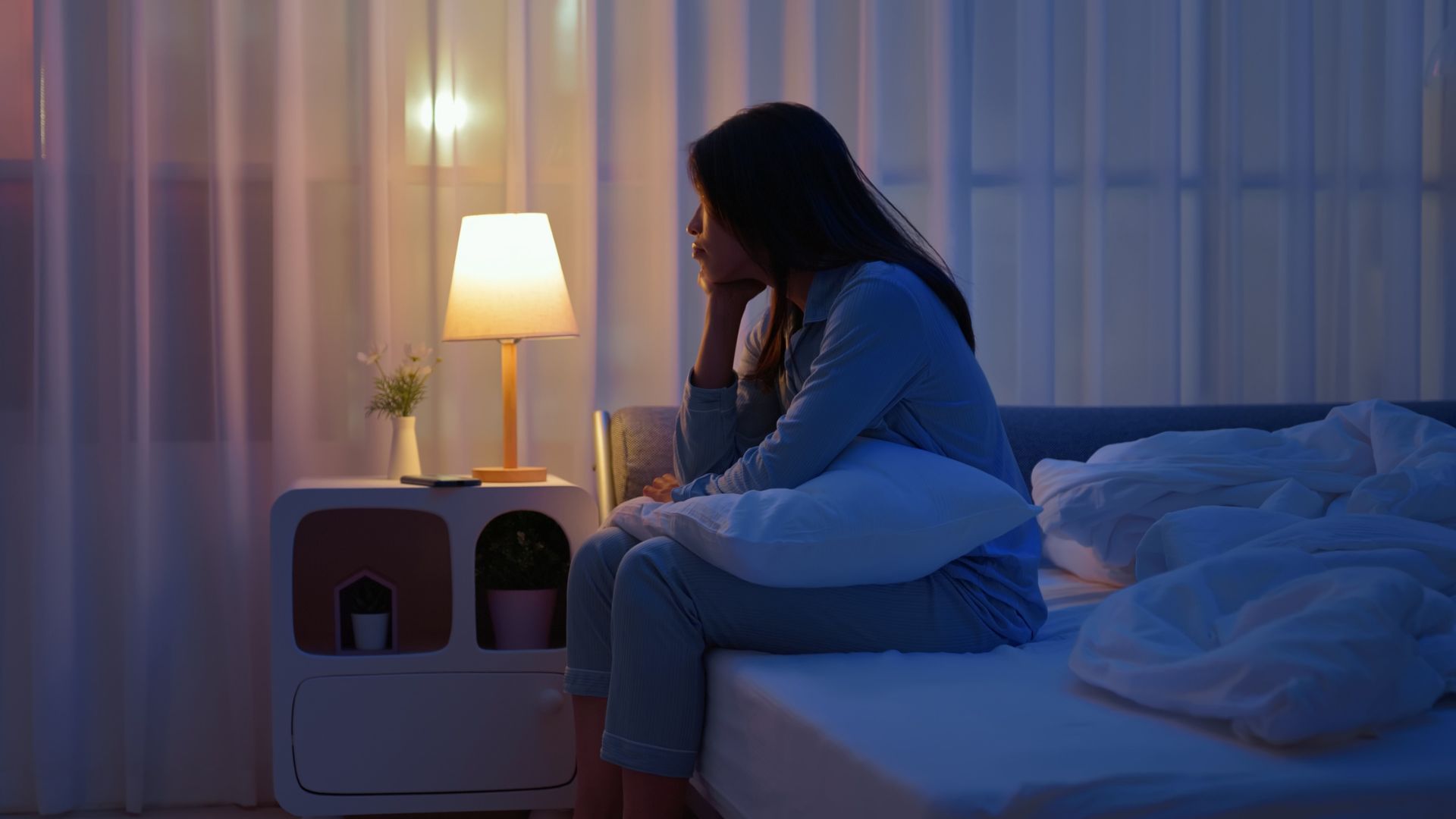There is no shortage of methods that claim to help you fall sleep fast, from breathing techniques to TikTok-approved hacks.
However, no method will work unless it addresses (and fixes) the root cause of your insomnia — and for many, it’s worry.
“Sleep researchers and clinicians have long understood the role of worry in sleep disturbances,” says Dr. Michael Gradisar, clinical psychologist Head of Sleep Science at Sleep Cycle. “This may explain why many common sleep tips fail— they don’t address worry.”
But is there a sleep method that can help ease your bedtime worrying?
According to Dr Gradisar, yes there is: the Constructive Worry Sleep Method. Here, we speak to Gradisar about what the Constructive Worry Sleep Method is and how it can help you handle worry and fall asleep faster.
What is the Constructive Worry Sleep Method?
As the name suggests, the Constructive Worry Sleep Method allows you to handle your worries constructively.
The three-step method involves writing down your worries ahead of your bedtime and working out how you will deal with them.
“Research shows that when people try to fall asleep, most of their thoughts are about the tasks awaiting them the next day,” says Gradisar.
“By completing this exercise before bedtime, you prevent associating the bed with worrying.”
Does the Constructive Worry sleep method actually work?
This sleep method is no social media fad or overrated hack. In fact, the Constructive Worry Sleep Method was actually developed by Dr. Coleen Carney, the director of the Sleep and Depression Laboratory at Ryerson University, to combat nighttime anxiety.
Science also backs up the notion that tackling future-focused worries can treat sleep troubles.
In 2018, a study found that those who wrote a list of tasks they needed to tackle the next day fell asleep faster than those who journaled about the day they just had.
Gradisar, however, does warn us that it may take a while for this sleep method to become a solidified daily habit. “But when practiced consistently over a few weeks, constructive worry can significantly reduce racing thoughts,” he says.
How to perform the Constructive Worry sleep method in 3 steps
1. Set aside 15 minutes in the evening
“First, you schedule up to 15 min in the evening, before you go to bed, to write down your worries,”says Gradisar.
There’s no specific time to complete this task, but it should be done in the early evening and at least two hours before bed.
2. Write down three of your worries
Next grab a pen and a notebook (avoid writing on your phone, laptop, or tablet, as any screentime could lead to compulsive scrolling) and begin writing down anything that’s troubling you.
“When you do this, write down the top three worries you currently have,” Gradisar suggests.
3. Write down a solution next to each worry
Now, that you have your worries out in the open, Gradisar says the next step is to decide how you’ll face them in the morning.
“For each each worry, write down a possible solution,” advises the psychologist.
If worries arise in bed, remind yourself that solutions are already in place, and there’s nothing more to do until morning.
Other ways to calm a racing mind at night
1.Try meditation
There are plenty of sleep mediation techniques that can help ease insomnia, and they don’t require any special equipment.
If you’re new to meditation and don’t know where to start, you can try guided meditations.
When listening to guided sleep mediations, you’ll hear a soothing voice leading you through each meditative step. Plus, there are plenty of free guided mediations to listen to at night, with many available on Spotify and YouTube.
2. Create a nighttime routine
Setting a bedtime is not just for kids; a solid bedtime is crucial for an adult’s sleep health, too.
To signal to yourself that it’s your bedtime soon, there are a series of wind-down activities you can in the run up to your bedtime.
This sequence of activities is known as a nighttime routine, which can include anything from reading to a gentle yoga routine.
3. Create a calm environment
Research has shown that a cluttered bedroom can impact your sleep, so make sure that your bedroom is tidy and has all the things you need to fall asleep.
Creating a relaxing sleep environment can include spiritizing a soothing scent (such as lavender pillow mist), dimming the light and making sure your bedroom is set at an ideal sleep temperature.
Make sure that your bed is tidy and has the right bedding for your sleep needs. If your mattress is worn-out or unsupportive, replace it before it causes any sleep issues.
You can also check out the year’s top-rated mattresses if you’re due an upgrade. The right features in your bed can elevate your sleep quality.
Source link
